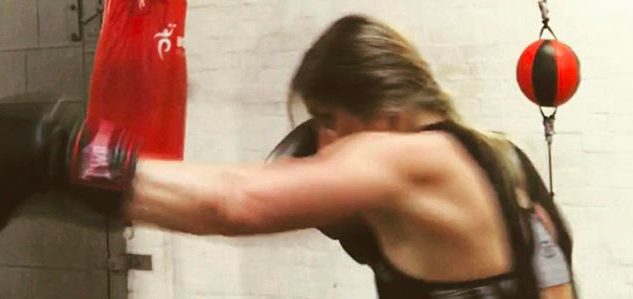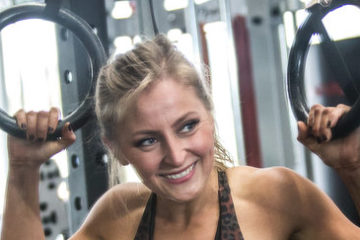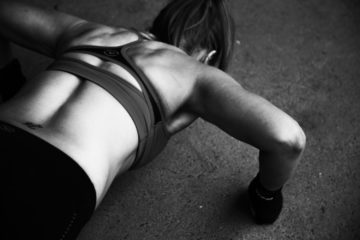In my previous article we touched on the many reasons it is important to get strong and stay strong. However many people have a preconceived and over-simplified notion of how to get strong… you go to a gym! But how many people do you know that go to a gym and never make any real change or progress?
Going to a gym doesn’t guarantee you will get stronger. You need to be doing the right types of training to consistently gain strength and remain injury-free. Endless classes and training that offers no progression, or simply runs you into the ground, will prove ineffective. It can even be downright injurious.
Progressive overload strength training, for example, is a great way to get stronger. That said, lifting weights is not the only way to increase your strength, and not everyone is going to enjoy the gym anyway.
So, what are some other ways you can begin to cultivate your strength at any age?
Find a type of exercise you enjoy
Everyone needs an entry point to exercise for building strength. You are far more likely to progress if you undertake an activity you enjoy. Building strength takes time, so try a variety of activities until you find something you actually enjoy.
Make your exercise harder with progressions
Strength grows as things get progressively harder. For example if you start with beginner yoga, or bodyweight exercises, once it gets easy, find a way to make it harder. Try a harder yoga variant, add bands or resistance.
Get uncomfortable
Strength is not created through comfort. A beginner exercise can serve as a gateway to a more formalized form of strength training as you begin to see the potential benefits. So, once you have a regular routine down pat, push yourself outside of that comfort zone. Work for a little longer, or at a higher intensity. Add a little more resistance.
As you progress with one activity, try variations
Our body is an adaptation engine. In fact, this is why we want to make exercise progressively harder. As our body becomes familiar with certain movement patterns, it gets too efficient or our strength in that movement reaches a plateau. At times we need to change the stimulus to get a different adaptation. This might mean using a different movement pattern or angle, or varying the speed or tempo. Or the type of resistance could change, for example, if you usually use bands or weight machines, try kettlebells, or a reformer bed, or even water.
Add in complementary activity to keep a balance
As your activity levels increase, it is wise to focus on working inwards as much as you work out. Taking time to work on gentle recovery like walking, swimming, mobility or meditation, can be restorative and help replenish your energy for your more vigorous forms of exercise. It’s a bit like the calming yin to the aggressive yang of building strength.
If in doubt, find a professional
One of the biggest mistakes people make is deciding to go from zero to 100 without the assistance of a professional to keep them on course. If you’re unsure, or finding it hard to stay motivated or progress past a plateau, then it might be time to get the help of someone who can take you to the next progression. There are various ways the right professional can help you keep getting stronger and doing so in a safe manner. Consider it an investment in your health and longevity.
Keep going
To reiterate: building strength takes time. Don’t set an end goal, set milestones and set aside the time to keep working on your strength as part of your weekly self-care. Until it becomes as habitual as brushing your teeth. If we don’t actively work to build strength we inevitably lose muscle, lose collagen, all of these things that help our joints and connective tissue stay healthy. As women we are often guilty of setting aside time for other people and not for ourselves.
This time is important because you are important. Being strong will help you to be you and do you for a lot longer. Remember, your health is your responsilibity.
Katie Masters.
Aging. Body Health. Lifestyle. Mental Wellbeing. Women’s Empowerment.


